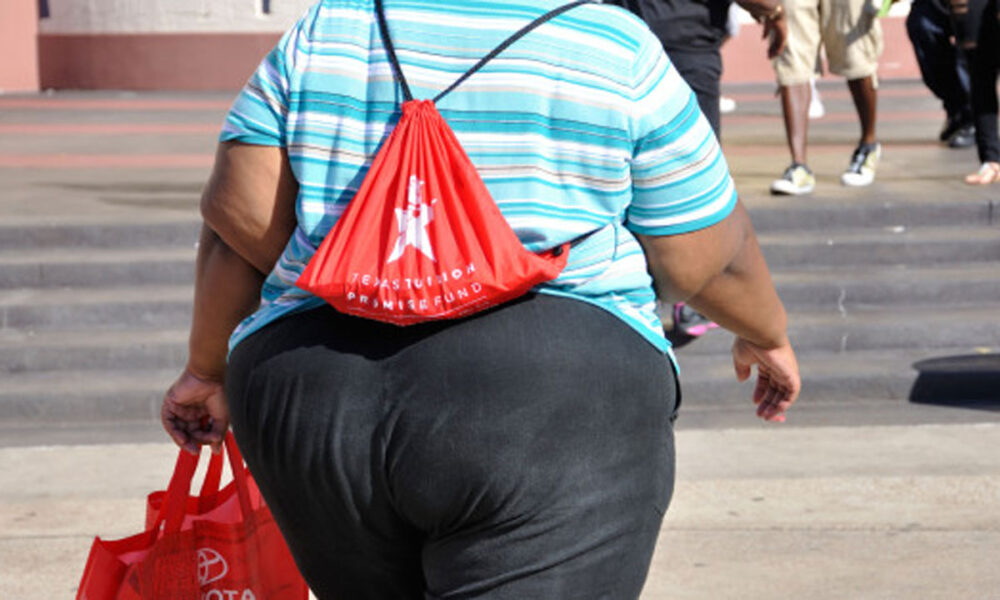Teens from less affluent families in Europe are at greater risk of obesity, inactivity and poor diet, which are risk factors for cancer, cardiovascular disease and diabetes, the WHO said Thursday.
A new report revealed “alarming disparities” in the health of young people across Europe, with those from low-income families “disproportionately affected”, the World Health Organization said.
The Health Behaviour in School-aged Children (HBSC) study, based on data from 44 European countries, showed that one in four teens reported daily consumption of sweets or chocolate.
“Alarmingly, adolescents from less affluent families are more likely to be overweight or obese,” the WHO said.
Some 27 percent of teenagers from lower-income families were obese, compared with 18 percent among wealthier peers, it added.
“This disparity highlights the urgent need to address the underlying socioeconomic factors contributing to these trends.”
Adolescents from lower-income families were more likely to consume sugary drinks and less likely to eat fruit (32 percent versus 46 percent among higher-income families) and vegetables (32 percent versus 54 percent) daily.
“The affordability and accessibility of healthy food options are often limited for families with lower incomes, leading to a higher reliance on processed and sugary foods, which can have detrimental effects on adolescent health,” said Martin Weber, the WHO Europe programme manager for child and teen health.
The socioeconomic disparities in adolescent health behaviours also contribute to “a vicious cycle of disadvantage”, said Hans Kluge, director of the WHO European region.
“Children from less affluent families are more likely to experience adverse health outcomes, which can hinder their educational attainment, employment prospects, and overall quality of life,” Kluge said.
“This perpetuates social inequalities and limits opportunities for upward social mobility.”
In addition to the usual recommendations of regular physical activity and better eating habits, the WHO called for more policies targeting social inequality.
It cited as examples quality physical education in schools, promotion of healthy behaviours through grassroot-level sports clubs, mandatory front-of-pack labels to guide healthy food intake, and restrictions on marketing unhealthy foods to children.
The WHO European region comprises 53 countries in Europe and central Asia.











